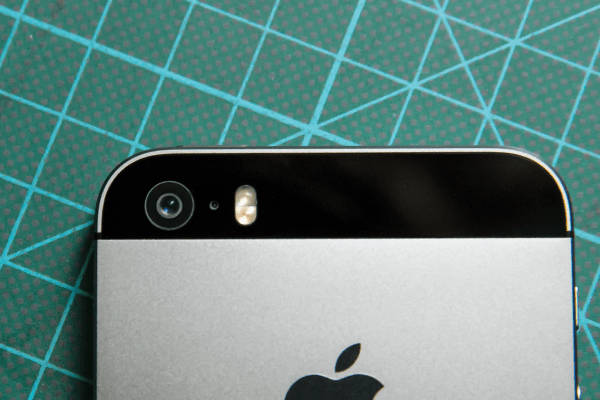Apple has a new patent (via AppleInsider) that describes something somewhat far-fetched sounding – an actuator for an iPhone camera lens (the part that controls autofocus) that uses artificial muscle material instead of traditional motors to change focus and aperture size. It’s not as sci-fi as it sounds: Artificial muscle material tech has recently become compatible with mass production processes, and it’s already used in haptic feedback for video game controllers.
What advantages does this offer potential future iPhones? The first is in power savings – electro-active polymers, or what the artificial muscle is known as technically, provides a way for mobile cameras on smartphones to consume far less power than they do now. Power is almost always a primary concern in smartphone design, since making sure that users get a decent amount of battery life while also offering upgraded features and capabilities is a constant exercise in balance.
The Apple process would also let phones carry larger optical components in theory, which would make for a net benefit in image quality. The mobile photography race is definitely heating up, with Amazon boasting big about the picture-taking powers of its new Fire Phone yesterday. Any advantage could be helpful in that race, and as iPhones decrease in bulk and thickness, new solutions are required to make sure they can still hold all the bits customers have come to expect while slimming down.
